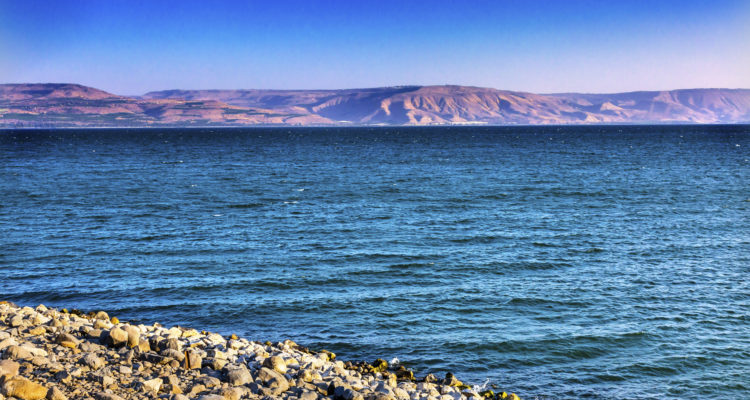Just inches from its highest level in 20 years, the Kinneret’s biggest fans remain barred from its shores due to current travel restrictions.
By JNS
The Sea of Galilee, ‘Kinneret’ in Hebrew, was less than five inches from its maximum capacity on Sunday—its highest level in two decades—but due to restrictions on travel because of the coronavirus pandemic, its beaches remain empty.
Spring is typically a busy time at Israel’s largest freshwater source, with travelers coming from across the country and beyond to enjoy the large lake, rejuvenated by winter rains, and visit the many tourist sites in the area.
The Kinneret today provides some 25 percent of Israel’s drinking water and was once considered endangered due to Israel’s growing water needs, the dryness of the region and concern that the delicate ecological balance of the freshwater sea would be thrown out of balance, leading it to become impotable.
Concerns reached a fever pitch just three years ago when the Kinneret reached its lowest level in a century—212.95 meters (698 feet) below sea level.
That led Israel to create desalination plants along the Mediterranean coast, beginning in 1997.
Today, some 585 million cubic meters of seawater per year are desalinated in Israel: the Soreq plant provides 150 million cubic meters per year, the Hadera plant 127 million, the Ashkelon plant 118 million, the Palmachim plant 90 million and the Ashdod plant 100 million, according to Israel’s Ministry of Finance.
The Kinneret now stands at 208.92 meters below sea level, a rise of 13.22 feet in just three years.





